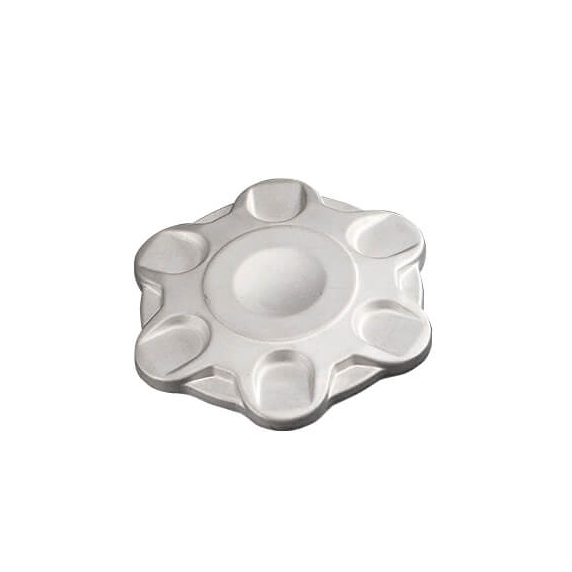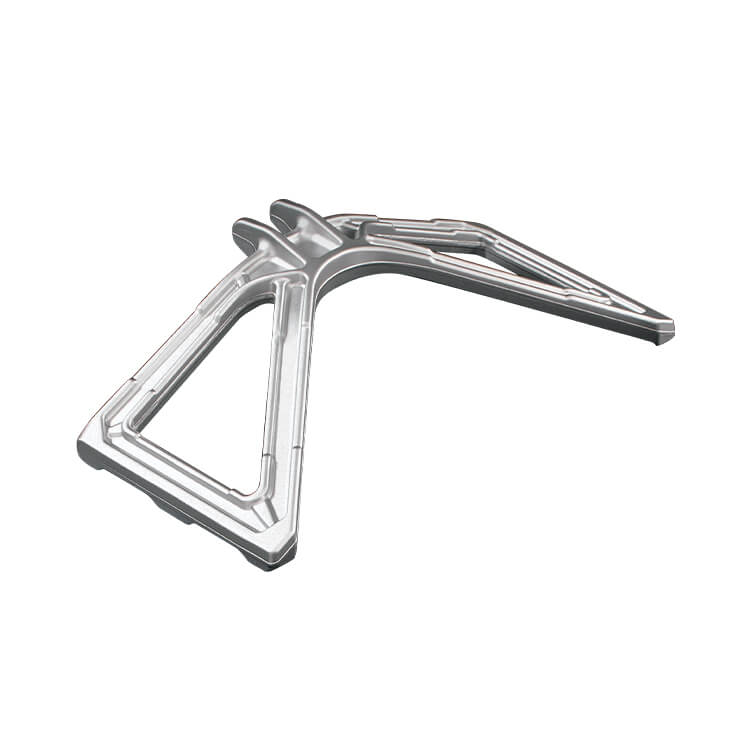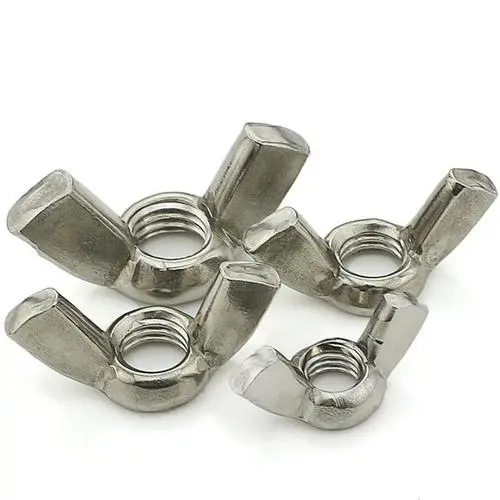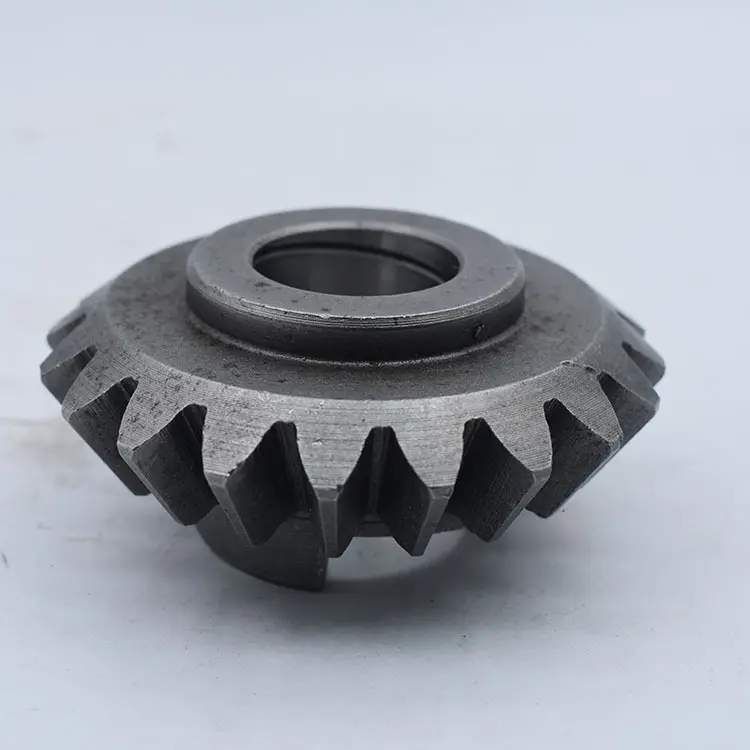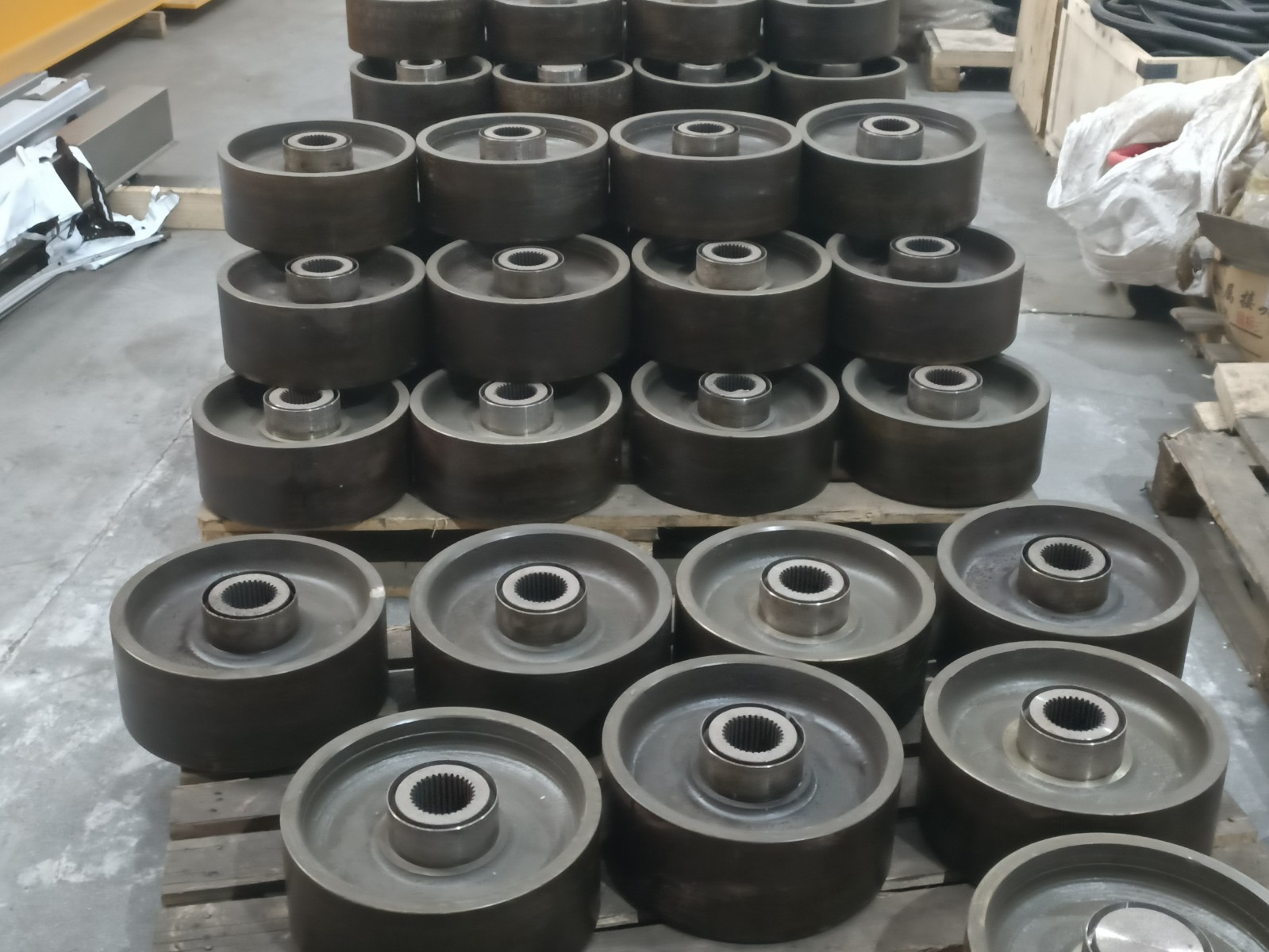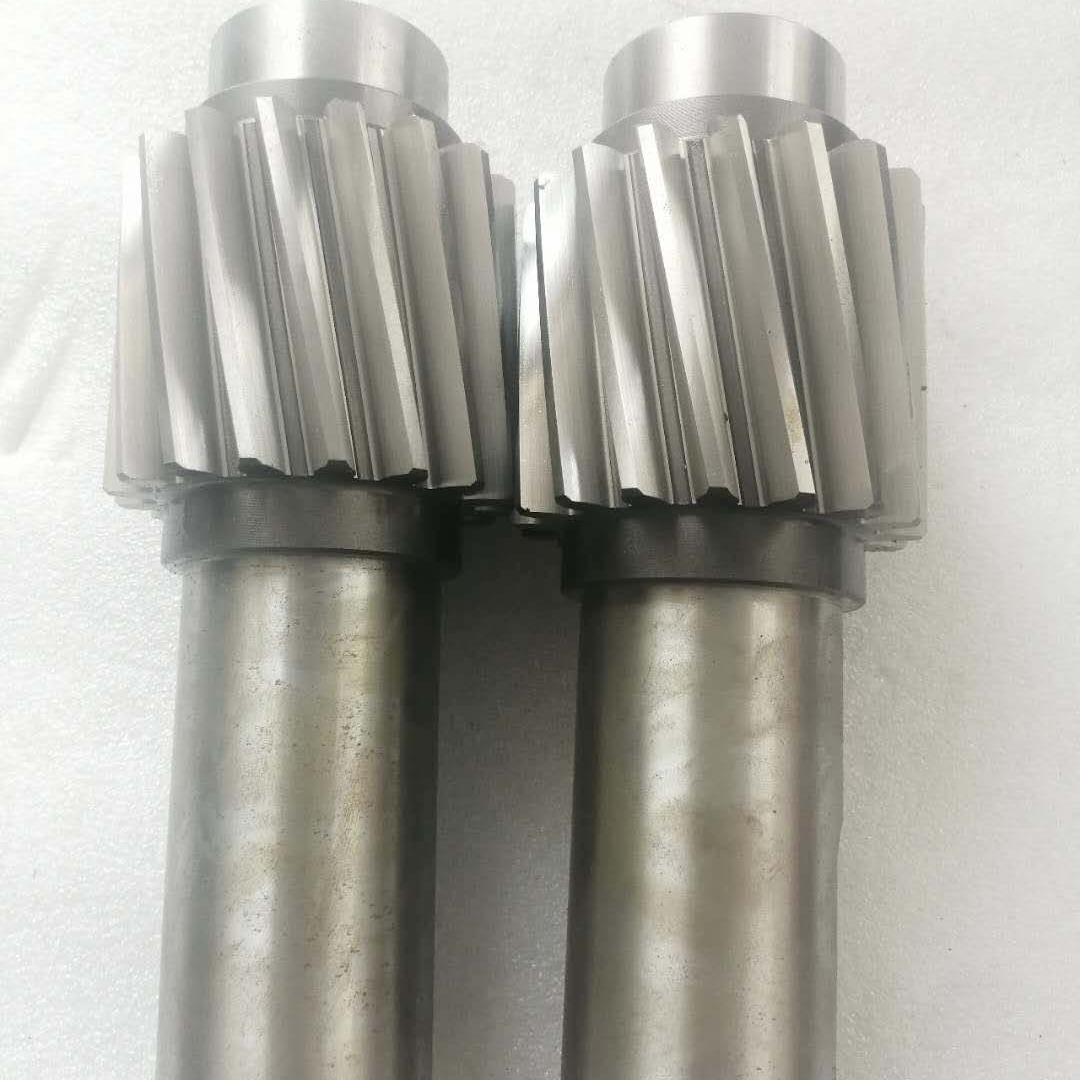Aerospace Equipment Parts Forgings
With excellent performance, forgings are widely used in various important fields of national economy and national defense industry. After forging, metal materials have good shape and dimensional stability, uniform structure, reasonable fiber structure, and the best comprehensive mechanical properties. The main load-bearing structure or secondary load-bearing structure in mechanical equipment is generally made of forgings. Therefore, forgings are widely used in important fields of the national economy and national defense industry such as aviation, aerospace, petrochemicals, ships, power equipment, and engineering machinery.
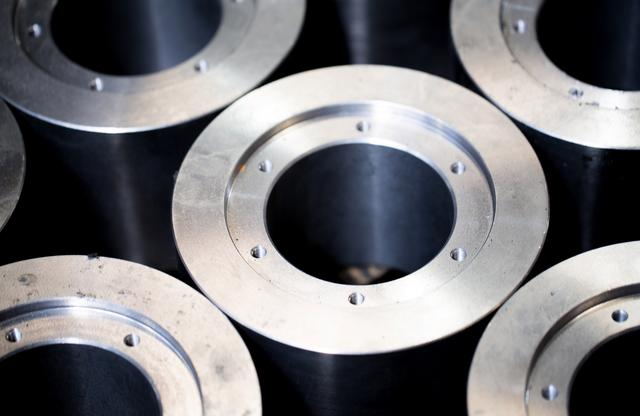
● Engine forgings: Forgings used in aero-engines, such as turbine discs, blades, leaf rings, shafts, connecting rods, etc. It has the characteristics of high strength, high temperature resistance and corrosion resistance to meet the requirements of high temperature, high pressure and harsh working conditions of the engine.
● Structural forgings: Forgings used in aerospace structures, such as fuselage, wing-body connections, suspensions, etc. It has the characteristics of high strength, light weight, corrosion resistance and durability to ensure the structural strength and safety of the aircraft.
● Landing gear forgings: Forgings used in aircraft landing gear systems, such as landing gear beams, support rods, connectors, etc. It has the characteristics of high strength, wear resistance and impact resistance, so as to withstand the heavy load and harsh environment during take-off and landing.
● Control system forgings: Forgings used in aerospace control systems, such as rudder surfaces, joysticks, connecting rods, etc. It has the characteristics of high strength, high precision requirements and reliability to ensure the control and stability of the aircraft.
● Accessory forgings: Forgings used in aerospace accessory systems, such as connectors, joints, hooks, etc. It has the characteristics of high strength, high precision requirements and reliability to ensure the safe connection and normal operation of accessories.
Forgings account for 20% of the aircraft's structural mass. Forgings are widely used in aircraft fuselages, engines and other parts, and are one of the important factors that determine the reliability, life and economy of aircraft and engines. In terms of quantity, about 85% of the structural parts of the aircraft are forgings, including the turbine disc of the aircraft engine, the rear journal (hollow shaft), the blades, the wing spar, the rib plate of the fuselage, the wheel bracket, and the inside and outside of the landing gear. Cylinders and other important load-bearing components related to aircraft safety; in terms of weight, they account for about 20% of the aircraft's structural mass and 30% to 45% of the total mass of the aeroengine are forgings.
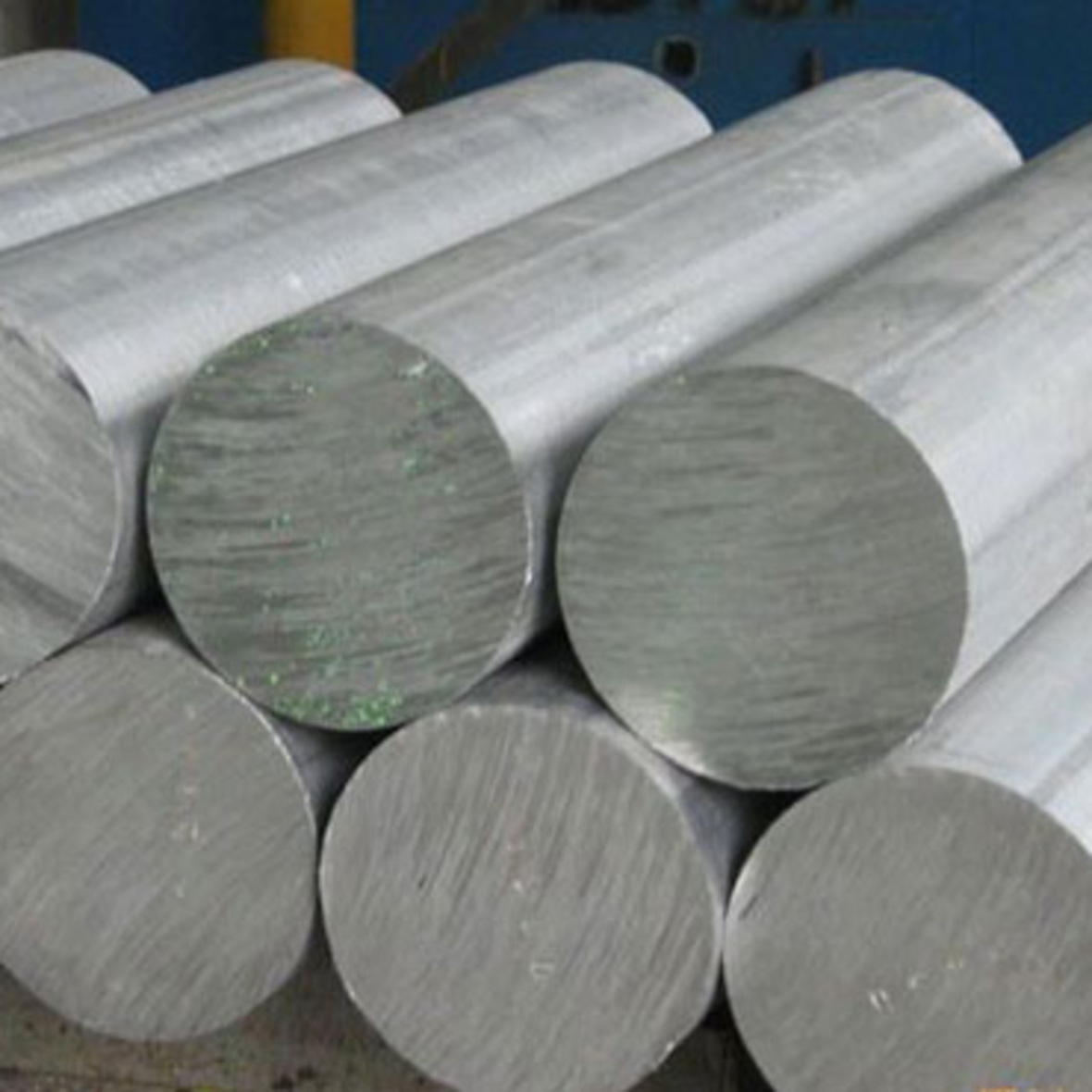
Forging can effectively reduce the weight of the aircraft. Advances in forging technology have made it possible to adopt new structures for engine components, thereby achieving weight reduction. Taking the important part of the compressor as an example, based on the forged compressor integral leaf ring, the structural weight and the number of parts are reduced. Compared with the traditional blade-blade tenon joint structure, the weight can be reduced by 70%. However, there is a superimposed effect of 1:10 between the weight reduction of the aircraft body and the weight reduction of the take-off weight. For example, if the weight reduction of the airframe is 5kg, the reduction of engine weight and fuel reserve can reduce the take-off weight of the aircraft by 50kg.






